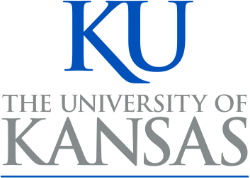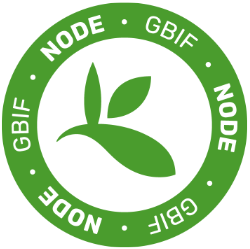Title: How Arctos handles geographical data (Part 2: georeferencing and managing geography in Arctos)
Date: Tuesday, November 13, 2018
Time: 3pm ET
Presenter/s: Michelle Koo (GIS & Biodiversity Informatics Curator, Museum of Vertebrate Zoology), Tom Giermakowski (Sr. Collection Manager, Division of Amphibians and Reptiles, Museum of Southwestern Biology), and Andrew Doll (Assistant Collection Manager, Zoology Collections, Denver Museum of Nature and Science)
Abstract: In Part 2 of ARCTOS Geography webinars, we focus on how to manage and improve geographic data in Arctos, as well as best practices with specific use-cases. Arctos uses four interconnected tables to create a spatial stack of geography for every specimen. We review these tables, which were discussed in Part 1, and show how to improve locality information by standardizing and georeferencing. Specifically, we demonstrate Geolocate, one of the embedded georeferencing tools that translates locality descriptions into coordinates. We also show how that data is saved directly in Arctos, and how to edit localities, specimen events, and collecting events. Each collection has its own set of procedures for managing data and we attempt to show a broad set of use-cases as well as discuss any scenarios that participants wish to bring up.
Missed Part 1? Watch the recording at https://arctosdb.org/learn/webinars/
This is the 12th in a series of webinars on Arctos brought to you by the Arctos Working Group and kindly hosted by iDigBio.







